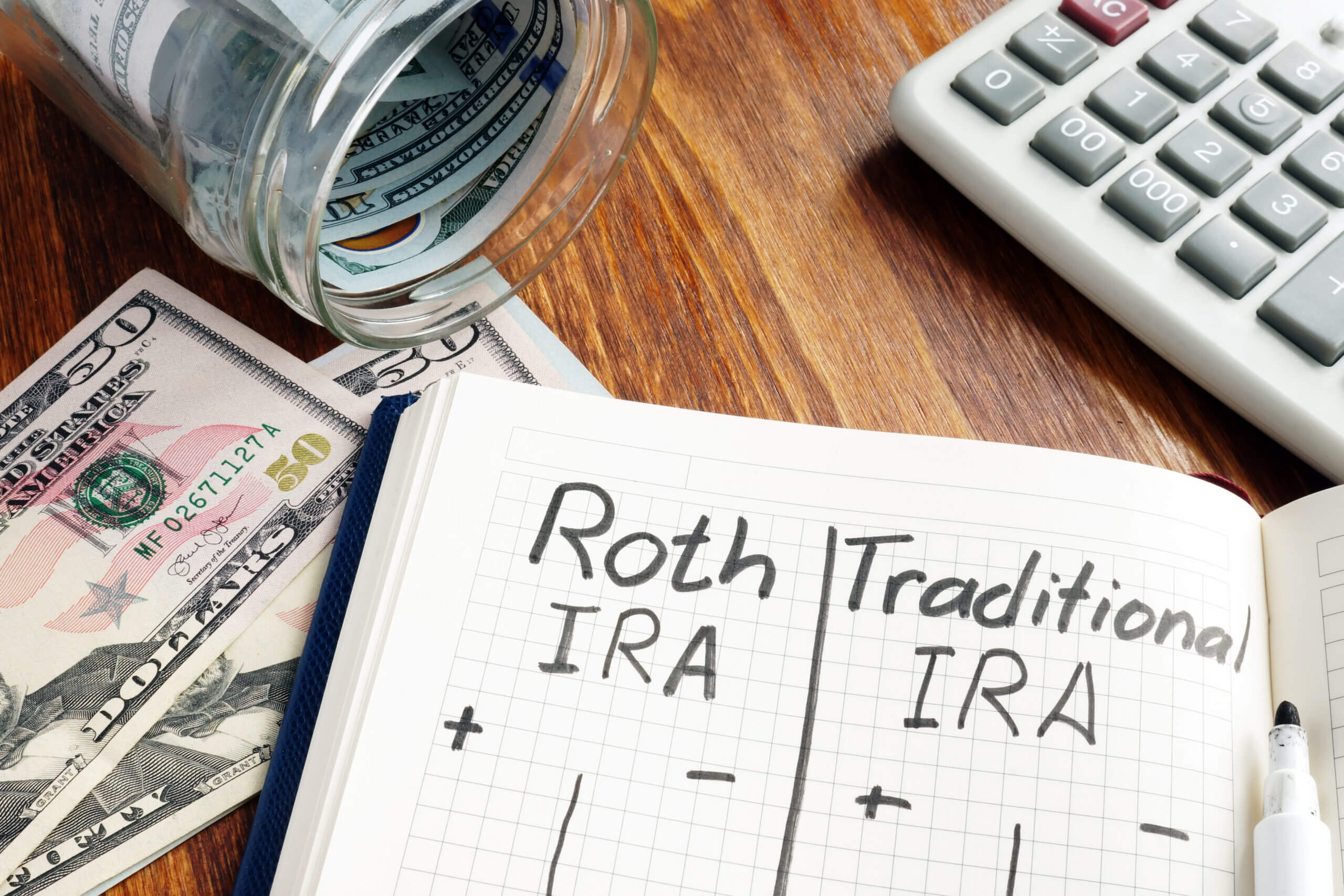COVID-19 has taken a significant toll on the stock market in recent weeks, and many taxpayers expect their overall income to be diminished in 2020. However, for the opportunistic investor, these challenges present a prime opportunity for converting a traditional IRA into a Roth IRA. We see three key reasons why taxpayers should consider an IRA conversion at this time.
1. Less Taxable Income in 2020
Many people will have lower taxable income in 2020 as a result of the diminished economic activity associated with COVID-19. Accordingly, many taxpayers will find themselves in a lower tax bracket in 2020 when compared to other years – past and future. For the taxpayer looking to convert a traditional IRA to a Roth IRA, this year may be the best opportunity to “bite the bullet” and pay the tax associated with the conversion. By converting while you are in a lower tax bracket, you pay less tax and preserve more wealth for you and your family.
NOTE: To maximize future tax benefits (and avoid early withdrawal penalties for those under age 59 ½), it is important to pay the tax on conversion from outside funds and not withdraw IRA funds to pay the tax.
2. Currently Reduced IRA Values
With the recent decline in the stock market, most IRA accounts have lower values today than they have had for some time. Though no one knows with certainty what the stock market will do in the future, most believe that the recent decline is a temporary one, and that the market will recover and begin to grow again in the months and years ahead. With currently diminished stock prices, an investor has a great opportunity now to convert his traditional IRA to a Roth IRA while the account is down. The investor will pay tax on the temporarily reduced value, and then be able to take advantage of the expected rebound in the market once the securities are in the Roth IRA (where no more taxes are due – currently or in the future).
3. Higher Future Tax Rates
With the stimulus package that Congress just passed, the U.S. will quickly be adding a significant amount to the already $23 trillion national debt. While some economists argue that the U.S. can continue to handle a growing national debt (one that is now larger than the U.S. GDP), it is reasonable to assume that at some point in the future, the national debt will have to be reduced (or at least prevented from increasing more). While there is always the possibility of reduced spending, the most likely solution to decrease the national debt will be increased taxes. With U.S. tax rates currently on the low end of where they have historically been, it’s prudent to hedge against the risk of higher future rates by continually growing your tax- free investment pool – like Roth IRAs.
Above are three compelling reasons for considering an IRA conversion at this time, but there are other factors to consider. We encourage you to reach out to your tax advisor or wealth advisor if you are interested in discussing an IRA conversion and whether it is right for you.








